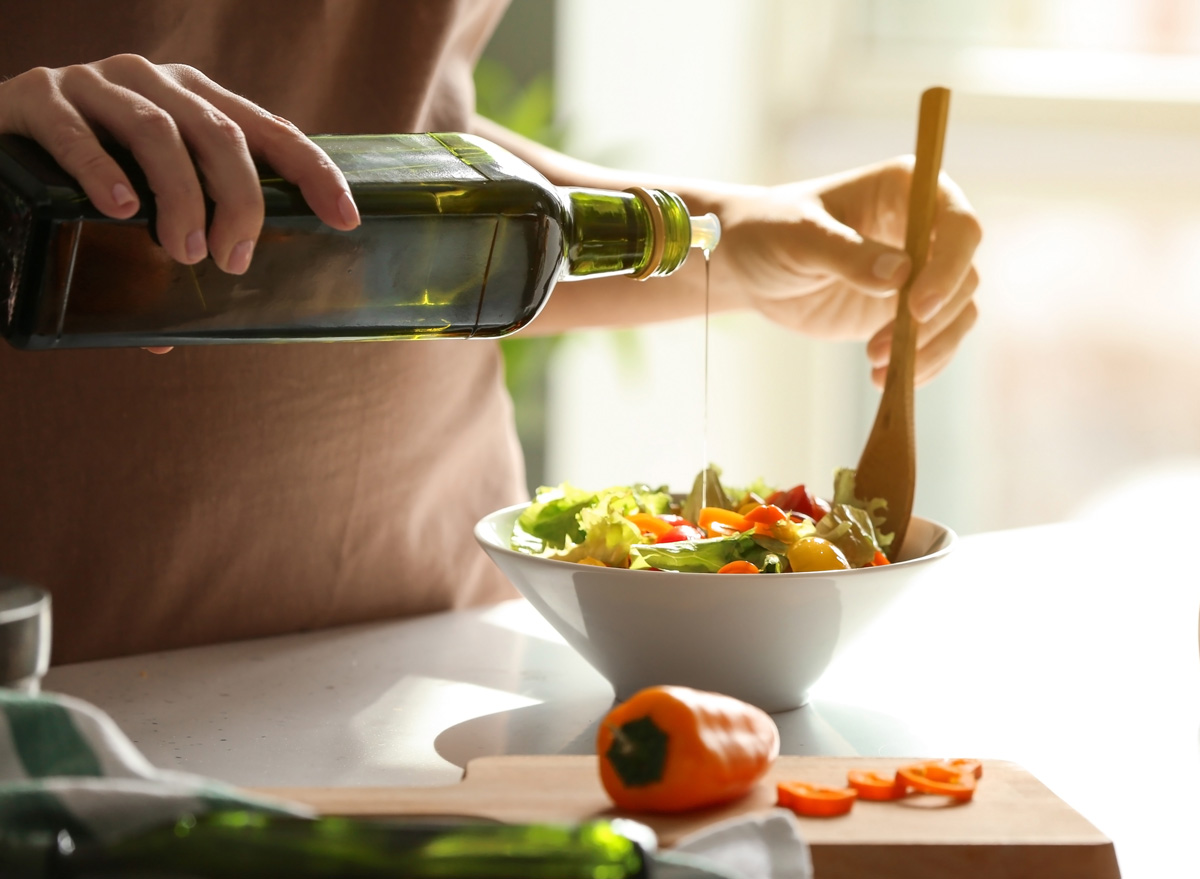What is the Smoke Point of Olive Oil? Essential Insights for Beauticians
As a beautician, understanding the smoke point of olive oil is crucial for incorporating this versatile ingredient into beauty treatments and cooking. The smoke point refers to the temperature at which oil begins to smoke and break down, releasing harmful compounds and altering its flavor. Knowing this can enhance both the quality of your beauty practices and culinary endeavors.
In this comprehensive article, we will delve into the different types of olive oil, their smoke points, and how to choose the right olive oil for your needs. We'll also explore the health benefits, culinary applications, and tips for using olive oil in beauty regimens.

Understanding Olive Oil and Its Varieties
Before we discuss the smoke point, it's essential to understand the various types of olive oil available on the market. Each type has distinct properties that can impact its usability.
Extra Virgin Olive Oil
Extra virgin olive oil (EVOO) is derived from the first pressing of olives, making it the highest quality olive oil available. It has a rich flavor profile, ideal for dressings, dips, and drizzling over dishes. Its smoke point ranges from 375F to 410F (190C to 210C), making it suitable for light sauting.
Virgin Olive Oil
Virgin olive oil is also cold-pressed but has a slightly higher acidity level than EVOO. Its smoke point is similar to that of extra virgin olive oil, ranging from 420F to 430F (216C to 221C).
Refined Olive Oil
Refined olive oil undergoes a refining process that removes impurities and boosts its smoke point to around 465F (240C). This makes it an excellent choice for high-heat cooking methods, such as frying. While refined olive oil lacks the robust flavor of its extra virgin counterpart, it is versatile for various culinary applications.
:max_bytes(150000):strip_icc()/__opt__aboutcom__coeus__resources__content_migration__serious_eats__seriouseats.com__images__2015__03__20150320-cooking-olive-oil-vicky-wasik-3-3666952dafbb4a7ebacbe27d17f469bc.jpg)
Why Smoke Point Matters
Knowing the smoke point of olive oil assists in maximizing its health benefits while preventing the formation of harmful byproducts. When oil surpasses its smoke point, it begins to produce acrolein, a toxic compound that can lead to health risks. Using olive oil within its smoke point ensures you enjoy its natural flavor and nutritional properties.

Choosing the Right Olive Oil for Your Needs
When selecting olive oil, consider the following factors:
- Cooking Method: Use EVOO for flavoring dishes and light cooking, while refined olive oil is better for high-temperature applications.
- Flavor Profile: Opt for EVOO for dressings and drizzling, while refined oil can be used for sauting or frying, where flavor is less critical.
- Quality and Purity: Always read labels and choose oils that are labeled as cold-pressed and organic when possible.
For more information on choosing olive oil, check out our guide.

Health Benefits of Olive Oil
In addition to its culinary uses, olive oil is rich in monounsaturated fats and antioxidants, providing numerous health benefits, including:
- Heart Health: Regular consumption may reduce the risk of cardiovascular diseases.
- Anti-Inflammatory Properties: Olive oil contains oleocanthal, which has anti-inflammatory effects.
- Skin Health: Used topically, olive oil nourishes and hydrates the skin.
For a detailed analysis of olive oil's health benefits, you can refer to this extensive article.
Olive Oil in Beauty Treatments
Olive oil's versatility extends beyond cooking; it can also serve as an effective ingredient in beauty treatments. Here are a few applications:
- Moisturizer: Due to its emollient properties, olive oil makes an excellent natural moisturizer for dry skin.
- Makeup Remover: It effectively removes makeup without stripping your skin of moisture.
- Hair Conditioner: A hot olive oil treatment can rejuvenate dry, damaged hair.
For more tips on using olive oil for hair, refer to this section of our health blog.
Kitchen Tips and Safety Precautions
To maintain a clean and safe cooking environment while using olive oil, consider these tips:
- Store Properly: Keep olive oil in a cool, dark place to prevent oxidation.
- Avoid High Temperature: Monitor cooking temperatures to ensure you do not exceed the smoke point.
- Regular Cleaning: Use appropriate methods to keep your cooking area clean, ensuring no residue remains that could affect flavor.
For unique kitchen cleaning methods, check out this article.
FAQs
1. What type of olive oil is best for frying?
Refined olive oil is best for frying due to its higher smoke point.
2. How can I determine if olive oil has gone bad?
Check for a rancid smell or off-flavor, which indicates the oil is past its prime.
3. Can olive oil improve skin health?
Yes, olive oil can hydrate and nourish the skin due to its emollient properties.
As an Amazon Associate, I earn from qualifying purchases.

